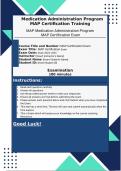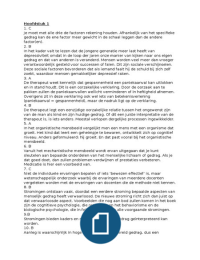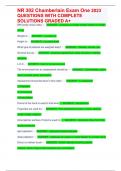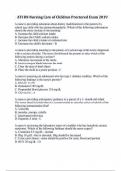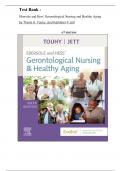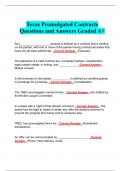Overig
Learning Goals/Questions Addiction - Answered
- Vak
- Addiction (4.1C)
- Instelling
- Erasmus Universiteit Rotterdam (EUR)
Answers to the guiding questions/learning goals for the exam Addiction. I answered the guiding questions to the best of my ability based on the notes and literature covered. I know i'm posting this the day before the exam but it was actually quite hard to find the answers to these questions and i...
[Meer zien]





